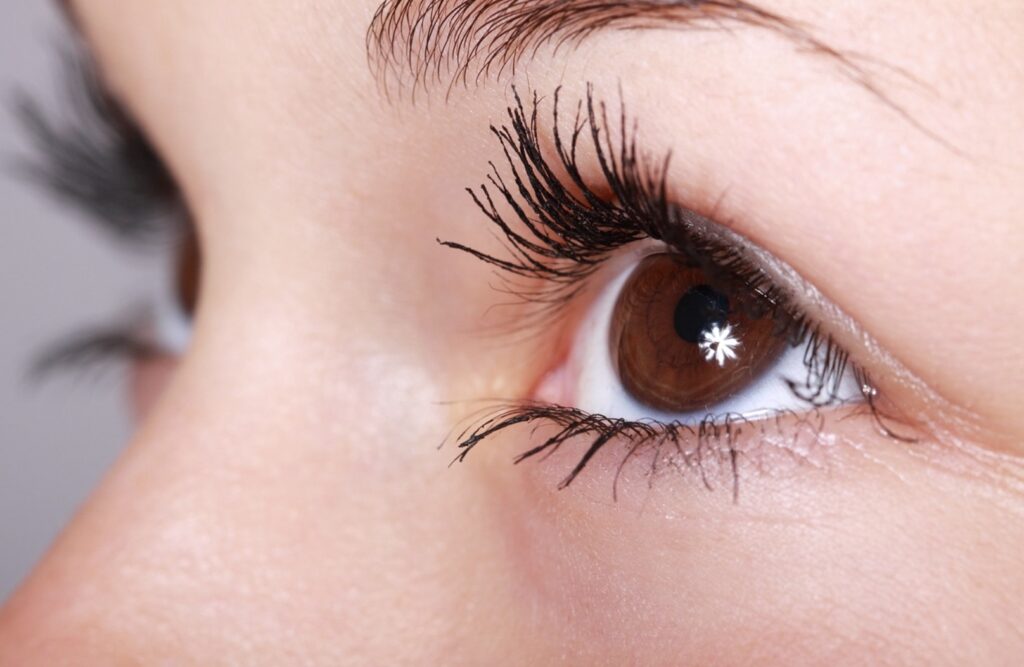Rapid Eye Movement sleep, commonly known as REM sleep, is a pivotal stage in our sleep cycle. It occurs multiple times throughout the night, typically every 90 minutes. During this phase, the brain becomes highly active, resembling wakefulness in its electrical patterns. Despite this activity, the body remains in a state of temporary paralysis, a fascinating contradiction that keeps us safe while dreaming vividly.
Dreams are most vivid during REM sleep. The brain processes emotions, consolidates memories, and unpacks the day’s experiences. This stage is crucial for cognitive functions. It also contributes significantly to emotional regulation. Lack of sufficient REM sleep is linked to mood disorders and impaired memory.

The body’s need for REM sleep varies across different life stages. Infants spend about 50% of their sleep in this stage, while adults typically experience 20-25% REM sleep. As we age, the proportion of REM sleep decreases, which may impact cognitive function and emotional health.
Improving REM sleep can boost overall health. Consistent sleep schedules, reducing caffeine and alcohol intake, and creating a restful environment are effective strategies. Engaging in stress-reducing activities before bed can also enhance REM sleep quality.
Incorporating these practices not only improves sleep but also supports mental and emotional wellbeing. Understanding and valuing REM sleep can lead to healthier sleep patterns and a more balanced life.

